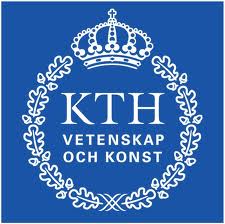
| The 5th HYCON2 PhD
School on Control of Networked and Large-Scale
Systems and
EFFINET PhD School on Control of
Drinking Water Networks took place Monday
July 1 to Friday July 5, 2013 at IMT
Lucca, Italy. The school was targeted at graduate students and researchers who want to learn the main concepts of the appealing field of networked control of large-scale systems, as well as at graduate students and postgraduate researchers already working in the area. The school was attended by 91 participants coming from 12 european and non-european countries. 47 out of 91 participants came from outside Italy. 14 selected speakers lectured during the school covering the basic concepts and results on:
The
school was organised at IMT Institute for Advanced Studies, Lucca.
Lectures were held in the auditorium of "Complesso San Micheletto", a
former medieval monastery built in the VIII century and situated in the
hystorical centre of Lucca, within the city walls. The program of the school included five full days of lectures, interleaved by enough time slots to allow scientific discussions among the participants and with the speakers. The social event,
held on July 3rd, was organized as a buffet banquet settled in the
internal courtyard of the "San Micheletto" complex. In the morning of Friday, July 5 took also place the "EFFINET PhD School on Control of Drinking Water Networks". The schools are co-organized within European research activities under the following projects:
The school followed an established successful tradition of organizing biannual international PhD schools. The 1st HYCON PhD School on Hybrid Systems, the 2nd HYCON PhD School on Hybrid Systems, the 3rd WIDE PhD School on Networked Control Systems, and the 4th HYCON2 PhD School on Control of Networked and Large-scale Systems took place in 2005, 2007, 2009, and 2011, respectively. On these four schools, top researchers in the field educated over 450 PhD students from all over the world on a broad range of topics. |
 |
 |
 |
 |